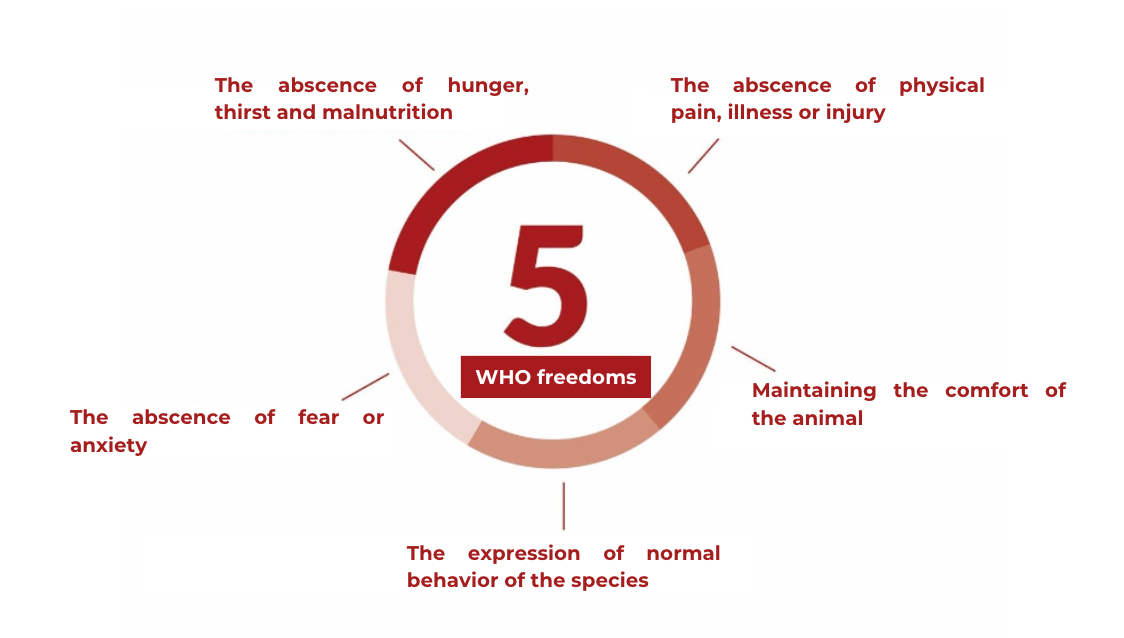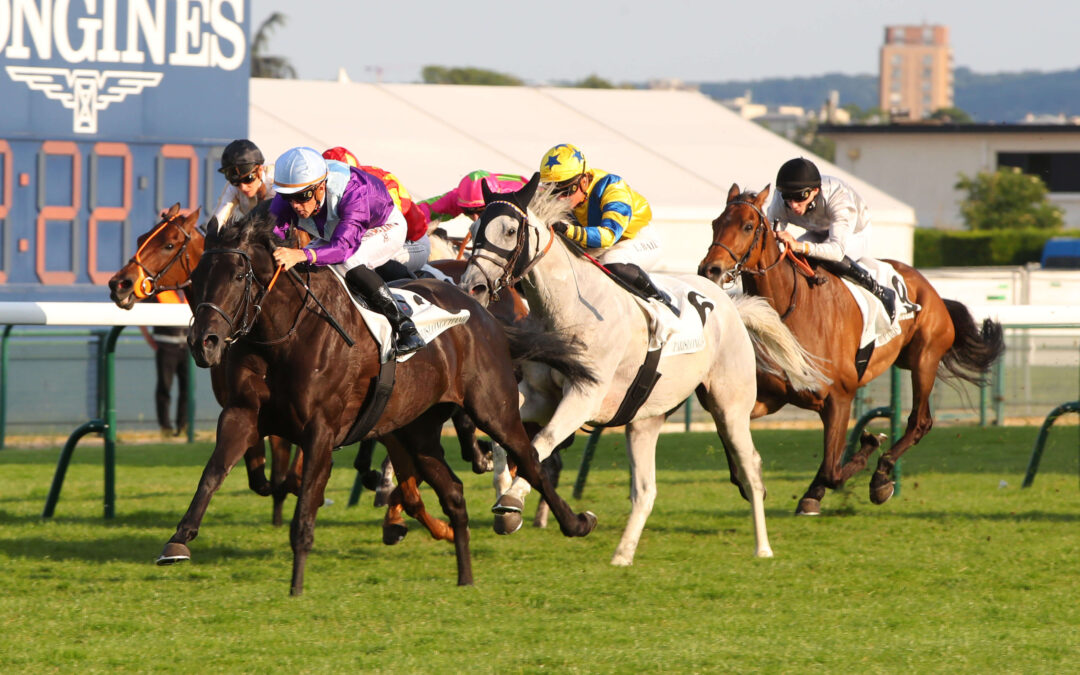Horse racing has a long history and a strong cultural tradition in many parts of the world. However, today’s horse racing industry faces a major challenge: combining the excitement and emotion of competition with equine welfare. A number of initiatives are being implemented to promote more responsible practices, such as retirement and retraining programs and stronger doping restrictions.
But what is the real state of play around the world? How are different countries acting to promote equine welfare?
French institutions committed to equine welfare
On 4 March 2016, several equine industry institutions, including France Galop, the Groupement Hippique National and the Trot, drew up the Charter for Equine Welfare with the following objectives:
-
- Establish a good relationship between horse and rider
- Ensuring appropriate feed
- Provide a suitable living environment
- Encourage physical activity and exploration
- Facilitate social contact
- Ensuring good health
- Prevent pain and ensure a decent end to life
The horseracing institutions have also established a racing code that aims to ensure the horses’ welfare. For example, it limits the use of the 5-stroke whip in gallop races (FNCH). As well as setting up the racing code, the institutions are responsible for monitoring the training and boarding areas and the health of the horses (compulsory vaccinations, Réseau d’ÉpidémioSurveillance des Pathologies Equines (Equine Pathology Epidemiology Monitoring Network), which carries out constant monitoring throughout France and Europe in order to implement health measures in the event of a risk).
To control medication in racing, a significant number of blood samples are taken during training and breeding: for example, 29,576 blood samples were taken in 2018 (racing, breeding and training) for 67 positive cases, i.e. 0.002%.
In terms of racehorse breeding, the number of covers is regulated to avoid an excessive number of horses in relation to the number of races. Furthermore, initiatives have been put in place in the racing sector, such as the Au-Delà Des Pistes (ADDP) association, to assist racehorses in their conversion or after their career.
United Kingdom: investing in improved equine welfare
With the formation of an independent committee dedicated to this subject (the Horse Welfare Board), a £2 million investment in veterinary research and education in 2017, and the signing of the National Equine Welfare Protocol by the BHA, the UK is creating an effective equine welfare strategy.
The BHA is in charge of developing and enforcing welfare standards that all participants must follow. The racing rules, for example, limits the amount of whips to seven on the flat and eight over jumps. This institution also undertakes controls to combat doping in racing: In 2019, 10,027 anti-doping tests were performed, with 0.17% confirming positive.
Jump races remain at the heart of the concerns of the British public, who are very keen on welfare issues. According to Animal Aid, 186 horses died in 2019 as a direct result of racing in Britain and 145 of these dying in jumps races.
The racing industry donates £250,000 per year to its official charity, which reconverts 90 racehorses annually for other activities.
Each year, around 4,000 horses are retired from the racing industry. Retraining of Racehorses (ROR), a charity launched by the BHA in the 2000s, plays a key role in the reconversion of these horses by organising educational events for owners, raising funds and placing former racehorses.
Ireland
Horse Racing Ireland has published the document “Promoting Responsible Thoroughbred Ownership” to advise racehorse owners on the care of their horses and the options for retraining/retirement after their careers.
Moreover, the independent research laboratory Irish Equine Center ensures the welfare of horses in Ireland through its expertise in the diagnosis, management and prevention of equine diseases. This same laboratory supports the Irish Horse Welfare Trust (IHWT), which is responsible for helping and supporting racehorses undergoing retraining.
In Ireland, there is no limit to the number of whippings in the racing code. Doping is controlled, with 4,399 samples tested in 2018, 13 of which were positive, i.e. 0.29%.
United States
In the United States, racing regulations vary from state to state, as do penalties, but many states work together. However, the number of whips is limited to 3 in a row (except in California where there is no restriction). In 2018, 258,920 horses were tested as part of the anti-medication campaign, with 1,561 positives, or 0.6%.
Australia
Every year in Australia, the Melbourne Cup is at the heart of controversy. It raises questions about the welfare of racehorses. The country now restricts the amount of whippings to five before the final 100 meters, with no limitations on the final straight. However, the issue is becoming more contentious, and Racing Victoria is examining whip reform to restrict its use. In Australia, the whip is forbidden in harness racing.
Since 2014, owners and trainers have been required by law to notify Racing Australia of the location of a retired racehorse and the reasons for its retirement. To support horses that are ending their careers, there are programmes aimed at re-training or re-establishing them. This is the case, for example, with the Principal Racing Authority (PRA). However, in 2019, the Australian equestrian industry is at the heart of a scandal. The Australian Broadcasting Corporation (ABS) revealed that many racehorses were slaughtered in Australia at the end of their careers.
Hong-Kong
In 2020, the Hong Kong Jockey Club created the Hong Kong Jockey Club Equine Welfare Research Foundation with a donation of $600 million. This charity aims to improve the quality of life of racehorses and educate the public about equine welfare.
United Arab Emirates
The United Arab Emirates has seen several cases of doping in the endurance sector, leading to suspension by the International Equestrian Federation. In order to regulate the industry, there is a veterinary division of the Emirates Racing Authority which plays a role in monitoring racing, welfare standards and quarantining horses.
Japan
In Japan, an accredited laboratory is responsible for the fight against doping and the JRA Equine Research Institute is dedicated to research.
The country has made efforts in recent years to assist racehorses in their conversion and retirement: the “foster parents” program supports old horses through the collection of annual fees, the JRA has joined Godolphin’s International Forum for Horse Monitoring, and in 2018, the JRA launched a program to support the lives of retired racehorses.
Conclusion & opening
The World Organisation for Animal Health is based on five freedoms:

It is ethically recognised that everyone involved in horse racing is responsible from an equine welfare perspective.
On a global scale, the racing industry has come under fire for issues like whipping, two-year-old racing, accidents, injuries, and slaughter. However, racing authorities worldwide cannot agree on strict rules. While the complaints are widespread, racing restrictions vary in every country because there are no standard guidelines. This diversity of regulations does not assist the picture conveyed to the general public: it is challenging to decide on the utility of the riding crop when the world’s racing authorities cannot agree on the best way to handle it, for example.
There are, however, regional initiatives such as the European “Welfare Quality” programme, which promotes the five freedoms set out above, and international initiatives aimed at promoting equine welfare. For example, the International Equestrian Federation launches learning and instruction campaigns on stable and equine management, and the International Society for Equitation Science (ISES) also offers theoretical and practical presentations focusing on equine welfare.
Keywords: equine welfare, BHA, charter, FEI, etc

